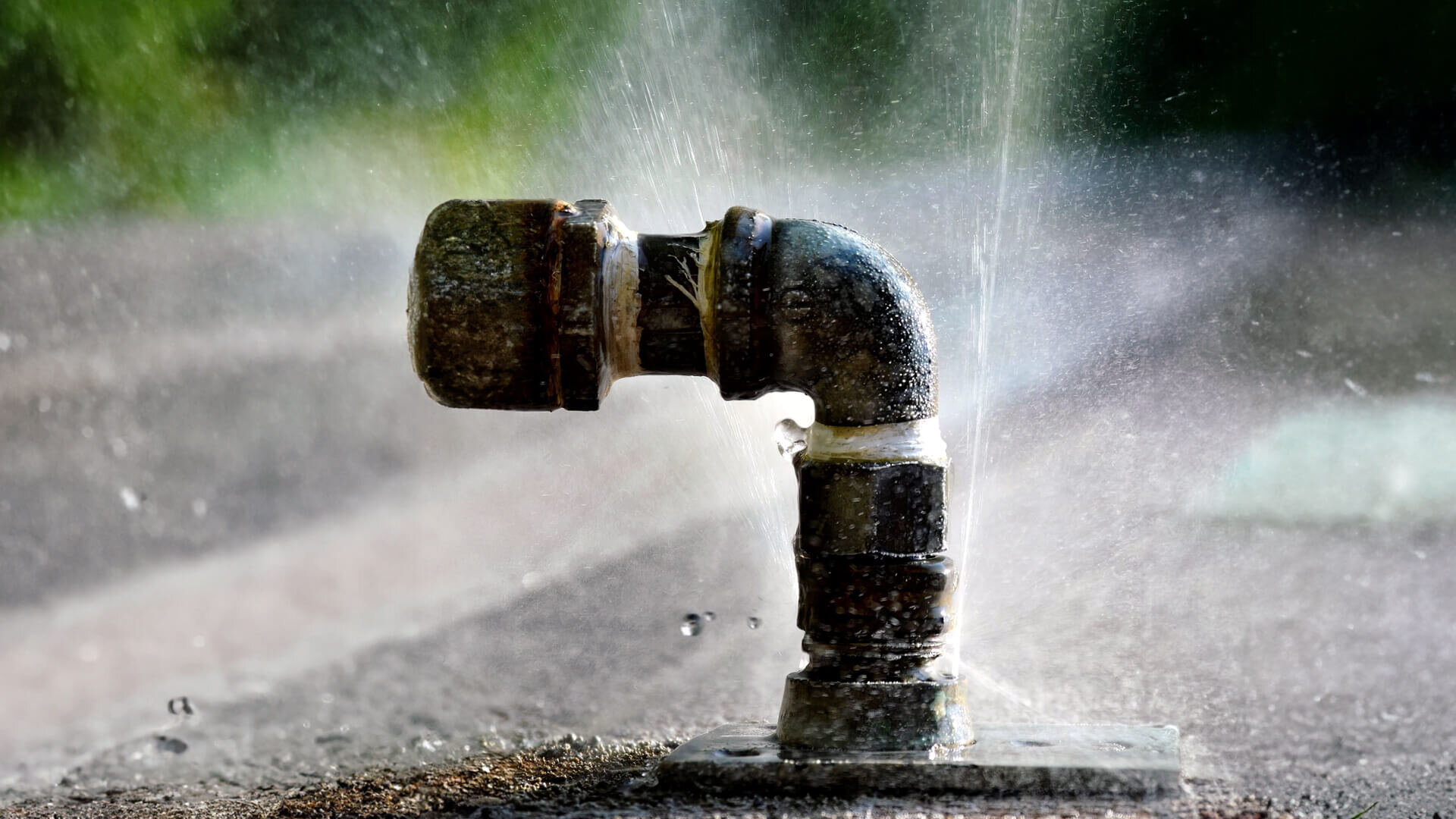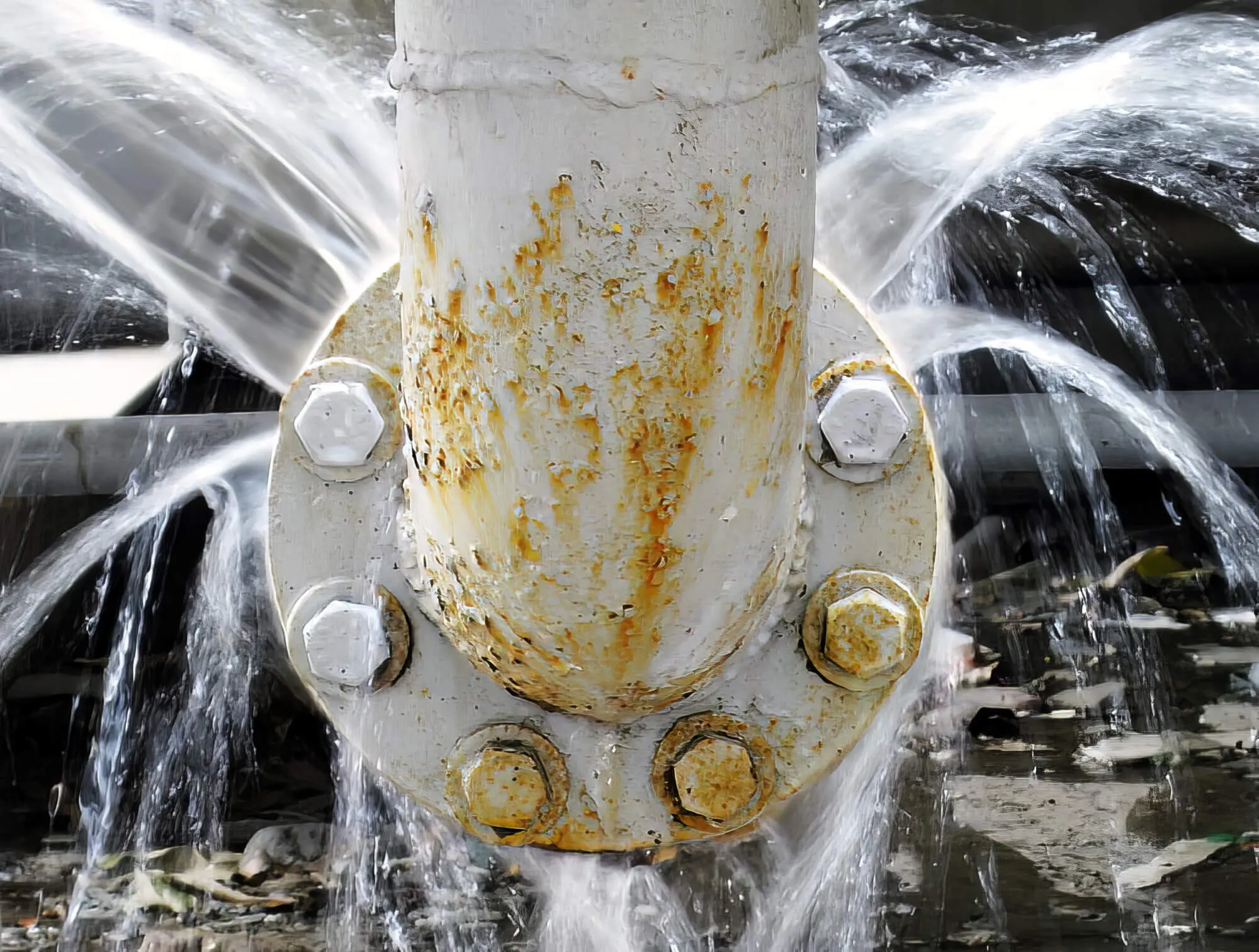Stopping Burst Piping: Crucial Tips to Secure Your Plumbing
Stopping ruptured pipelines is a crucial issue for property owners, particularly throughout colder months when the risk of freezing is enhanced. Executing strategic actions such as proper insulation, regular assessments, and keeping consistent interior temperature levels can substantially lower the possibility of pipe failure.
Understand Pipe Vulnerabilities
Recognizing pipe vulnerabilities is necessary for effective pipes maintenance and preventing costly damage. A number of aspects add to the sensitivity of pipes to bursts, including material composition, age, and ecological conditions. Older pipelines, especially those made from galvanized steel or polybutylene, typically deteriorate gradually, resulting in raised danger of ruptures and leaks.
Temperature level changes can likewise considerably impact pipe honesty. In cooler climates, water entraped in pipes can ice up, increasing and applying pressure on the pipe wall surfaces, which may eventually lead to a burst. High water stress can strain pipes, especially at bends and joints, increasing the chance of failure.

Insulate Water Lines Appropriately
Proper insulation of pipes is critical for stopping freezing and succeeding ruptureds during cold weather condition (burst pipe). Protecting your plumbing system properly safeguards against temperature level goes down that can cause costly damage. Begin by recognizing vulnerable locations where pipelines are subjected to outdoor temperature levels, such as basements, attic rooms, and exterior walls
Usage foam pipeline insulation sleeves or cover insulation tape around these areas to supply a protective barrier. Make certain that all sections of the pipelines, especially those with minimal warmth direct exposure, get appropriate insulation. Pay special attention to joints and fittings, as these are a lot more prone to freezing.
When shielding, it's important to pick products that satisfy regional building ordinance and are suitable for the certain environment. Fiberglass insulation is often advised for its thermal resistance buildings. Additionally, think about making use of warmth cable televisions or tape in severe problems, which can be plugged in to give supplemental warmth
Routinely check shielded pipes for any kind of indicators of wear or damage, as compromised insulation can lessen its effectiveness. By taking these proactive procedures, you considerably decrease the danger of pipe bursts, guaranteeing a dependable pipes system throughout the winter season months.
Maintain Constant Temperature Level
A secure interior temperature is essential for preventing ruptured pipelines throughout the cold months. When temperature levels decrease, water within pipelines can ice up, broadening and developing pressure that might eventually cause the pipelines to ruptured. To reduce this danger, homeowners must keep a constant temperature throughout their space, ideally no less than 55 ° F(13 ° C)Making use of a programmable thermostat can aid take care of interior temperatures properly, making sure that areas with pipes remain cozy also when your house is empty. Pay special interest to locations that are a lot more vulnerable to chilly, such as garages, basements, and attics. Keeping cupboard doors open under sinks can additionally enable warmer air from the home to flow around pipes.
In addition, it is sensible to permit taps to drip slightly throughout extreme cold spells. More Help This minor flow go of water can avoid freezing by minimizing stress within the pipes. Moreover, throughout especially severe weather condition events, take into consideration temporarily putting on hold any kind of nighttime setbacks on your thermostat to maintain a consistent warm setting. By carrying out these methods, homeowners can significantly minimize the danger of pipe ruptureds and protect their plumbing systems against the severe winter season components.
Consistently Inspect Pipes
Normal assessments of pipes systems are vital for avoiding burst pipes and maintaining overall home stability. During these evaluations, it is vital to examine noticeable pipes for indicators of rust, leakages, or put on.
Additionally, examining links and joints is crucial, as these factors are typically vulnerable to leakages. Property owners need to also assess water stress degrees, as extreme pressure can stress the plumbing system and boost the danger of pipe ruptureds.
Consider organizing professional plumbing inspections at the very least annually, especially prior to winter season, to ensure your system is gotten ready for colder temperature levels. Normal examinations not just assist in determining prompt issues yet also foster long-lasting maintenance methods that can boost the lifespan of your plumbing system. By being positive in your technique, you can safeguard your home versus the disruptive and expensive repercussions of burst pipelines. Prioritizing plumbing assessments is an investment in your home's health and wellness and safety and security.
Know Emergency Situation Treatments
Recognizing emergency situation treatments is important for every property owner, especially after carrying out regular plumbing examinations. Being prepared for a pipes emergency i thought about this situation can considerably reduce damage and save expenses.
Next, keep crucial tools handy. A pipes emergency situation set ought to include a wrench, bettor, and towels, in addition to a flashlight and a container for little leakages. In addition, think about having the get in touch with info for a trusted plumbing professional readily available, should the circumstance rise past your control.
If you spot a leakage or burst pipe, promptly switch off the water supply and notify your plumber. Document the damage with photos for insurance policy functions. Know the indications of possible plumbing issues, such as uncommon water pressure changes or damp spots on walls
Ultimately, proactive knowledge and swift activity are essential in taking care of pipes emergency situations, ensuring your home remains safeguarded and reducing potential damages.

Final Thought
Finally, preventing burst pipelines requires a complex approach that includes understanding pipeline vulnerabilities, proper insulation, preserving consistent indoor temperature levels, regular assessments, and expertise of emergency treatments. By executing these necessary approaches, the danger of pipes failures can be significantly lowered, therefore guaranteeing the long life and efficiency of the pipes system. Aggressive steps not only protect against prospective damages however likewise add to total water conservation and the defense of property.
In chillier environments, water entraped in pipes can ice up, broadening and applying pressure on the pipeline wall surfaces, which might ultimately lead to a burst. When temperatures decline, water within pipes can ice up, developing and expanding pressure that may inevitably create the pipes to ruptured. By executing these methods, property owners can considerably reduce the risk of pipe bursts and protect their pipes systems against the severe winter aspects.
